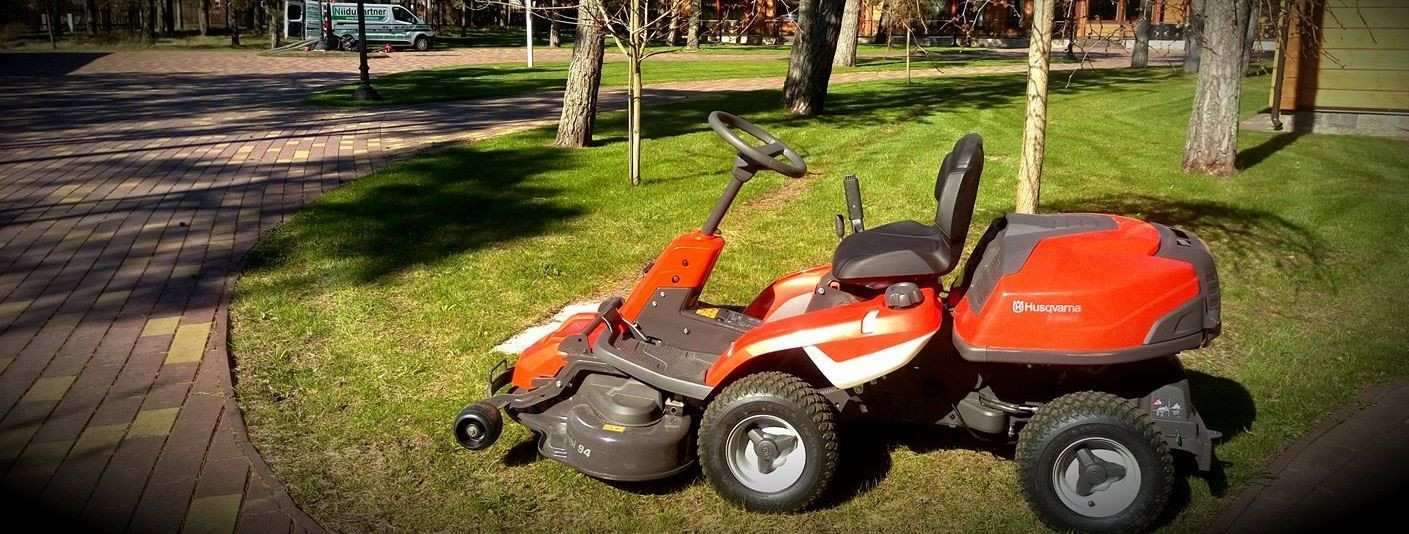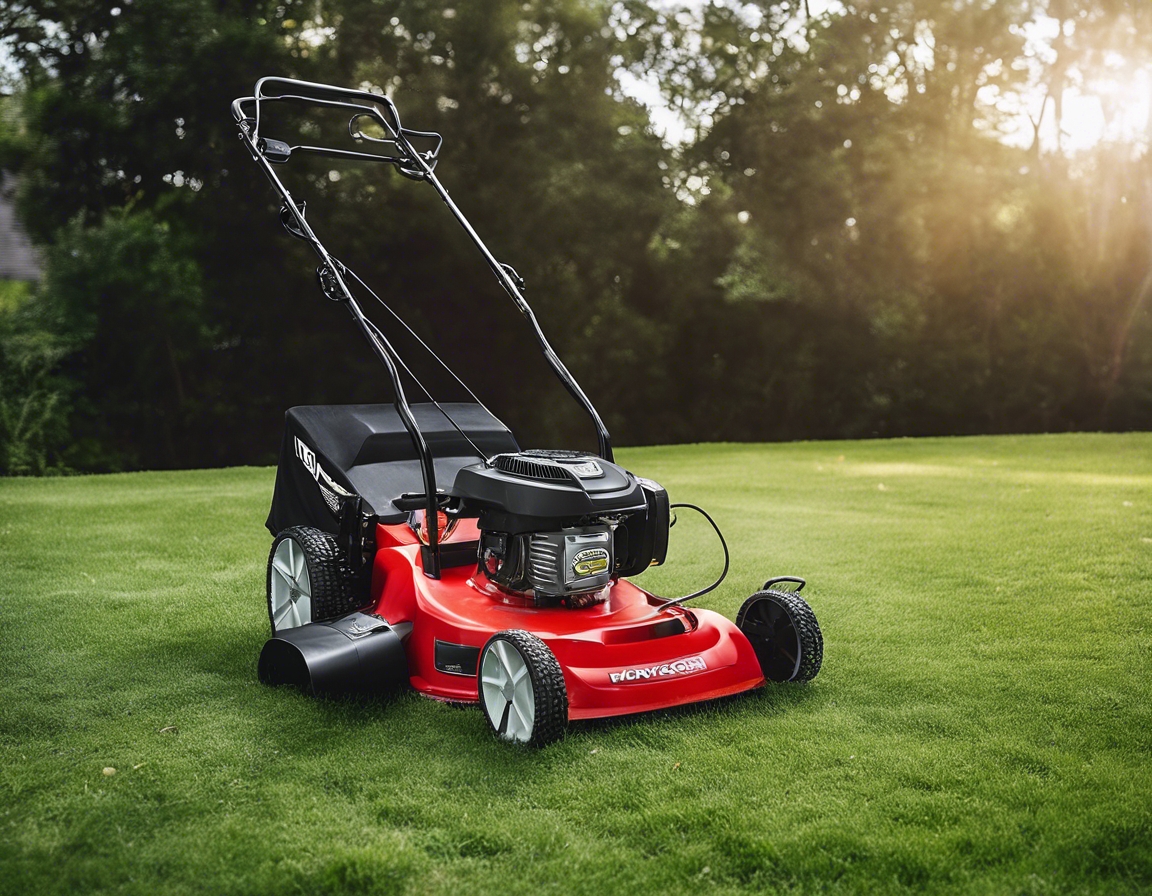5 essential tips for effective lawn mowing
Effective lawn mowing is not just about keeping your grass short; it's about maintaining a healthy and aesthetically pleasing outdoor space. For homeowners and businesses in Tallinn and Harju County, a well-maintained lawn can significantly enhance the curb appeal of your property. Here are five essential tips to ensure your lawn mowing is as effective as possible.
Understanding Your Lawn
Before you start mowing, it's important to understand the type of grass you have and its growth patterns. Different grass types have varying optimal heights and mowing frequencies. For example, cool-season grasses such as fescue and bluegrass thrive when cut to a height of 3-4 inches, while warm-season grasses like Bermuda and Zoysia perform best at 1-2 inches.
Soil health plays a crucial role in how well your grass can grow and sustain regular mowing. Compacted soil or soil with poor nutrient content can lead to weak grass that is more susceptible to disease and pests. Regular aeration and proper fertilization can improve soil health and make mowing more effective.
Tip 1: Mow at the Right Height
Mowing your lawn at the correct height is vital for promoting healthy grass. When cut too short, grass can become stressed, leading to a weakened root system and increased vulnerability to weeds and pests. Conversely, leaving grass too long can encourage the development of thatch and create a habitat for rodents and insects.
Most mowers have adjustable settings to change the cutting height. Ensure you're using the correct setting for your grass type. This not only promotes better grass health but also reduces the effort required to push the mower, as cutting at the appropriate height prevents the mower from becoming bogged down in thick grass.
Tip 2: Keep Your Mower Blades Sharp
Dull mower blades tear rather than cut the grass, leading to jagged edges that are more prone to disease and dehydration. This can give your lawn a whitish or brown hue, as the damaged grass blades die back.
Regularly inspecting and sharpening your mower blades ensures a clean cut every time. Homeowners can learn to sharpen blades themselves or take them to a professional. It's recommended to sharpen blades at least once per mowing season, or more frequently if the mower is used heavily.
Tip 3: Mow at the Right Time
The best time to mow your lawn is in the late afternoon or early evening. Mowing during the heat of the day can stress both the grass and the mower operator. Additionally, mowing when the grass is wet from dew or rain can lead to uneven cuts and the spread of diseases.
Always consider the weather when planning to mow. Avoid mowing during drought conditions when grass is already stressed, and wait for the lawn to dry after rain. Also, be mindful of the season and growth patterns; grass grows more vigorously in the spring and may require more frequent mowing.
Tip 4: Use the Right Mowing Techniques
Alternate your mowing patterns each time to prevent the grass from leaning in one direction and to reduce soil compaction. Try to mow in straight lines and overlap each pass slightly to ensure no strips of uncut grass are left behind.
When mowing around obstacles or on uneven terrain, take care to adjust your mowing speed and technique to ensure an even cut. Use a trimmer or edger to tidy up areas where the mower can't reach for a professional-looking finish.
Tip 5: Lawn Care Beyond Mowing
Proper watering and fertilizing are essential for a healthy lawn. Water deeply but infrequently to encourage strong root growth, and use a balanced fertilizer to provide the necessary nutrients for your grass type.
Aeration helps relieve soil compaction and allows water and nutrients to reach the grass roots more effectively. Overseeding can introduce more resilient grass varieties and fill in bare spots, leading to a denser, more robust lawn.






Comments (0)